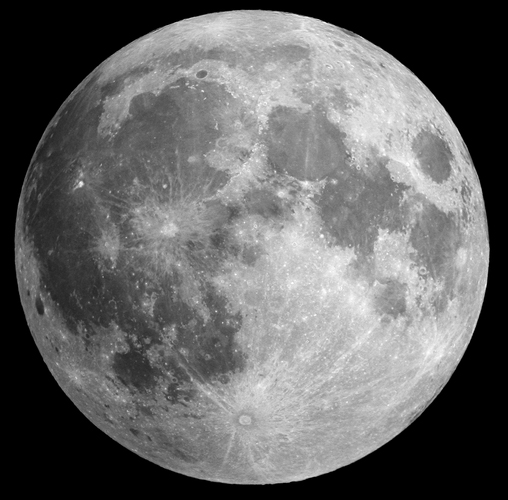
NASA has provided initial funding and authorization to Boeing to begin work toward the production of the third core stage and to order targeted long-lead materials and cost-efficient bulk purchases to support future builds of core stages. This action allows Boeing to manufacture the third core stage in time for the 2024 mission, Artemis III, while NASA and Boeing work on negotiations to finalize the details of the full contract within the next year. The full SLS contract is expected to support up to 10 core stages and up to eight Exploration Upper Stages (EUS).
From 2011 through 2018, the SLS program had expended funding totaling $13.999 billion in nominal dollars. This is equivalent to $15.109 billion in 2018 dollars using the NASA New Start Inflation Indice. This is basically the same Space Shuttle technology that the same companies were trying to adapt for the Ares and Constellation rockets. There has been only one test launch during the Constellation program. The first SLS launch has now slipped to about 2021.
The SLS program has been getting $2.1 billion per year without actual launches. A program of ten launches from now to 2035 will likely cost $4 billion per year. This will be $60 billion. The contract will be whatever costs are generated by Boeing and Lockheed and an additional ten percent.
The SpaceX Falcon Heavy has already launched three times. SpaceX Falcon Heavy launches cost less than $100 million normally. Some NASA missions would require two launches of a Falcon Heavy to replace SLS for a mission. The Falcon Heavy could be adapted to have four side boosters instead of two to get the payload capacity of a larger SLS.
We see a clearly technically and economically superior alternative cannot kill a $60 billion waste for an inferior and delayed project over the next two decades. We will also see if the US government will try to steal SpaceX’s intellectual property. The SpaceX Heavy cost $500 million to develop versus $18 billion already spent for no test flights for the Space Launch System. Space Launch System will need another $6-10 billion to get to a first mission. Two SpaceX Heavy’s could perform the first mission. SpaceX would be able to handle the various SLS missions with perhaps 10% of the funding of the SLS program.
Space Launch System will now be an embarrassing poster child for government waste and corruption.
NASA Administrator Bridenstine had said that with modifications, the SpaceX Falcon Heavy rocket could carry astronauts on Orion to the Moon if the SLS rocket was not ready. SLS political allies in Congress most notably Alabama Senator Richard Shelby have prevented a $100 million or less SpaceX Falcon Heavy with less than $1 billion in modifications from saving $7+ billion per launch of the SLS with Artemis.
There were 135 Space Shuttle launches. The cost of the Space shuttle was over $1.5 billion per launch. The Space Shuttle was initially pitched as a reusable $5 million per launch system that would refly every week. These promises are all the things that SpaceX is on the way to actually delivering.
NASA is also developing the Lunar Gateway. This will use International Space Station (ISS) style modules to build a space station in lunar orbit. The ISS cost $150 billion. Lunar Gateway will clearly cost about $200 billion. The Lunar Gateway will NOT actually improve lunar exploration. It is a system designed to justify SLS. One budget waste used to justify another budget waste.
Going to the Lunar Gateway adds 17% to the fuel cost for the trip to the moon. Here is the analogy to explain the insanity of Space Launch System-Orion and the Lunar Gateway. Let us equate the exploration of the continent of Antarctica with exploring the moon.
We are taking two decades to build special one time use heavy cargo planes. The development has been costing $1 to 2 billion per year. It was based upon old 1970s and 1980s technology. It has still not been test flown for the first time. Costs have gone up to $4-5 billion per year.
Now we want to explore Antarctica so we create a plan to use about ten flights of this expensive and never flown cargo plane project to assemble a system of oil rig-like platforms off the coast of Madagascar. There will be landing pads at this floating platform. This will then be the base of operations to send drones and missions into Antarctica. You are going from America to something you make at great cost before flying over to Antarctica. You could go directly with a vehicle that has already flown successfully.
